|
Risk and Reward- Course Design A majority of my time is spent on the course teaching first time players to throw a disc 30-40 meters and I really enjoy it. I started playing left handed just to try and understand what a new player is going through and oddly enough it was a big help. I'd estimate that 9 out of 10 players that visit our course right now either have never played disc golf before or only tried our sport on the Wii. That’s where the sport is in this country with only fewer than 100 tournament players in the U.K. (only 55% of those players attend 2+ Bdga events) the sport has yet to take hold and is still in its infancy. The good news is there is nothing but room to grow and if we apply the global standard of disc golf growth there is much to look forward too. We've been open for almost two seasons now and we're starting to move to an exciting phase of our development, more and more players are shifting from the Red Course to the Blue Course and we have many groups that can enjoy playing our 18 hole set up. Its exciting times for our sport and I imagine the amount of courses will grow by ten fold over the next fifteen years and the player base will soon explode and start to get on track with the U.S. average of doubling every six years. As the player base expands there is no doubt new courses will be built. If there were one concept I'd like to yell from the rooftops to those budding course designers it would be Risk and Reward. Nothing adds more to golf than a dynamic and well designed hole that is fair and challenging for everyone that steps on to the tee. The best disc golf holes produce the widest range of scores in a group of players. This is a concept that transcends all types of golf, traditional ‘Ball” golf, disc golf and “foot’ golf, and challenges the individuals course maintenance goals. We’ve all played in a group where the scores vary by 3+ strokes, someone will Birdie and another might pick up a double bogie 5 or more, holes like this will generally have a high level of risk and reward. A disc golf course can have too many trees or unnecessary length but a golfer never gets enough risk and reward. There is nothing more challenging to the course designer than providing excitement and the best way to accomplish this is risk and reward. I was recently scouring the Internet doing research on R & R and I came across an article written by John Houck 16 years ago. Instead of rewriting and plagiarizing it and other articles I thought I'd give credit where credit is due and copy and paste the article below. John Houck needs no introduction he is one of the legends of course design that has propelled the sport forward. There are two other simple concepts that I would like to share which have been at the forefront of our work this summer, make sure good shots do not get punished and push the design. We've been busy removing the steel branch and iron leaf to make certain the discs that are thrown well finish well allowing the best opportunity for enjoyment, which is why we play this sport. Also I’m constantly tweaking the course searching for that extra option for approaching the basket. Although impossible for every hole I like to consider lefty and righty options from each tee, this can be time consuming but a good course designer will allow their course to mature over time. Also keep in mind that sometimes when you get wrapped up in course design you forget that the sports primary purpose is to be fun, challenging yes, but enjoyment is something that keeps players coming back for more. Below I’ve shared what I believe are three very good examples of the Risk and Reward concept at our course in Dunbar. Enjoy the article below and remember "Disc Golfers are Everywhere!" We play a Global Sport, if you build it...they will come. Hole 4 Blue is a flat tree lined 318ft right handed backhand overstable drive that should tempt all levels of players to go for the birdie. Its one of those throws everyone has but when your looking down the barrel of this fairway with OB to the right and tree jail to the left it can make you hesitate. This hole has produced more 2’s, 5’s and 6’s than any other hole on the course and is a classic example of risk and reward. If you go for too much the consequences can be painful. Hole 9 Blue is a flat 420ft right backhand anhyzer that plays to a pin on the edge over a small high-banked creek. If you can throw your drive over 300ft with a slight anhyzer you will have an excellent opportunity to birdie this hole with a well placed up-shot. Just say to yourself "What Creek?" Hole 18 Gold is a flat 604ft Par 4 hole that usually plays into the wind. Down the entire right side of the fairway is an OB fence but this fence only comes into play on a narrow 25ft wide stretch of fairway about 60ft long. On this hole the lake greets you at about 400’ and runs down the left side of the fairway with the OB fence straight down the right side. Your option after the drive is simply to lay up before the water, play onto the narrow stretch of fairway or throw over the water or OB fence and try for the green. I learned long ago that a hole like this requires 3 accurate 201ft shots to have a drop in par, IF you can set your ego aside and not take any risks. Ball Golf Course Design Offer Hints for Better Disc Golf CoursesThis article originally appeared in the Winter 1998 issue of Disc Golf World News
As many of today's top disc golf pros have discovered, there's a lot to be learned from watching top pros in ball golf. Even more so, our course designers can get a near-complete education from the great designers of ball golf's 600-year history. In essence, the principles of designing a disc golf course are identical to those of ball golf, and anyone who is serious about architecture for our game would do well to study the concepts and luminaries of theirs. One of the ideas that can help us the most is a very basic one: the balance between risk and reward. The first time I became aware of this idea was at a doubles tournament when my partner, Mitch McClellan, said, "That's what I like about Bartholomew -- there's a lot of holes where you can birdie... or you can bogey." Unfortunately, as I recall, we had a few too many of the latter that particular day, but it did open my eyes. Any good golf hole should demonstrate this principle: good shots are rewarded, while bad shots will cost you. Unfortunately, on many disc golf courses, this is rarely the case. Play your favorite course in your mind. Can you hit a tree 75-feet in front of the tee and still get an easy three? Or if you throw a drive 45 degrees off course, will you still have an easy up shot? Then your course does not punish bad shots. If a good player having a bad day doesn't rack up a bunch of bogeys, your course has a problem. On the other hand, do you really have to control the angle, direction, and speed of a shot to get a birdie, or can you just throw a mediocre shot out there and still land 20 feet from the basket? If a throw that demonstrates great skill results in the same score as a throw that shows average skill, then your course does not reward great shots. One of the great disappointments of courses that don't punish bad shots is that we rarely have the opportunity to make great "saves." Ideally, a bad drive would be stuck behind a bush, or in a group of trees, or down a hill, and you would have to make a terrific second shot to get near the basket. To make up for your mistake on the previous shot, you would have to demonstrate great power, control, or versatility (sidearm, upside down, scoober roller) to reach the basket, or you would lose a stroke. It is so rare to see a top disc golfer have to make a skillful shot in the 75 to 200-foot range, and this is something our sport really lacks. William Flynn, whose credits include great courses like Shinnecok Hills, spoke of "the recovery shot, perhaps the best shot in the game."Author Geoff Shackelford says, "You want to give golfers a chance to recover from a hazard, otherwise skillful and imaginative players go unnoticed... It should require creativity and talent to recover from a hazard, not complete luck." Disc golf course designers should look for opportunities to put tees and baskets in places where these principles can come into play, but remember that a good shot should also end up by the hole. (Also, you want to minimize lucky shots that get to the hole.) It should be clear at each hole where you want to be, and what you want to avoid. In general, open holes should have thicker rough, while tighter holes should have less brutal rough. The easier the shot, the greater the penalty for missing it, and vice versa. The other key aspect of the risk/reward principle that too infrequently applies to disc golf involves strategy. The classic great holes of golf offer options. You can play it safe and go for par or bogey, or you can try what golfers call a "heroic" shot (or generally two heroic shots) to score a birdie or eagle. In disc golf, there is often one way to play the hole, and you make it or you don't. We need to develop our courses so that golfers have to make strategy choices, so that a champion will have to demonstrate mental skills as well as physical skills. Ken Climo understands this, and he has made good decisions when he's had the chance. The balance between risk and reward is central to ball golf course design, and the resulting element of strategy is one of the things that make golf so popular. That's also why more than 75% of ball golf holes are par 4 or par 5. But we'll discuss that another time. In the meantime, disc golf designers who learn to apply these concepts will make courses that are more fair and more enjoyable.
0 Comments
Leave a Reply. |
Seamus"I have all my wisdom teeth, two up top, two beneath and yet I recognize my mouth says things that aren't so wise" CTD Archives
February 2018
Categories
All
|

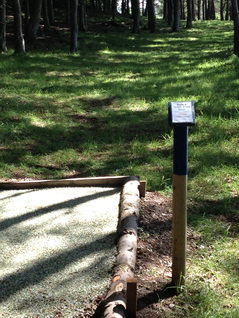
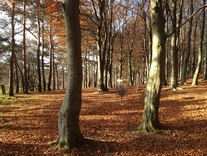
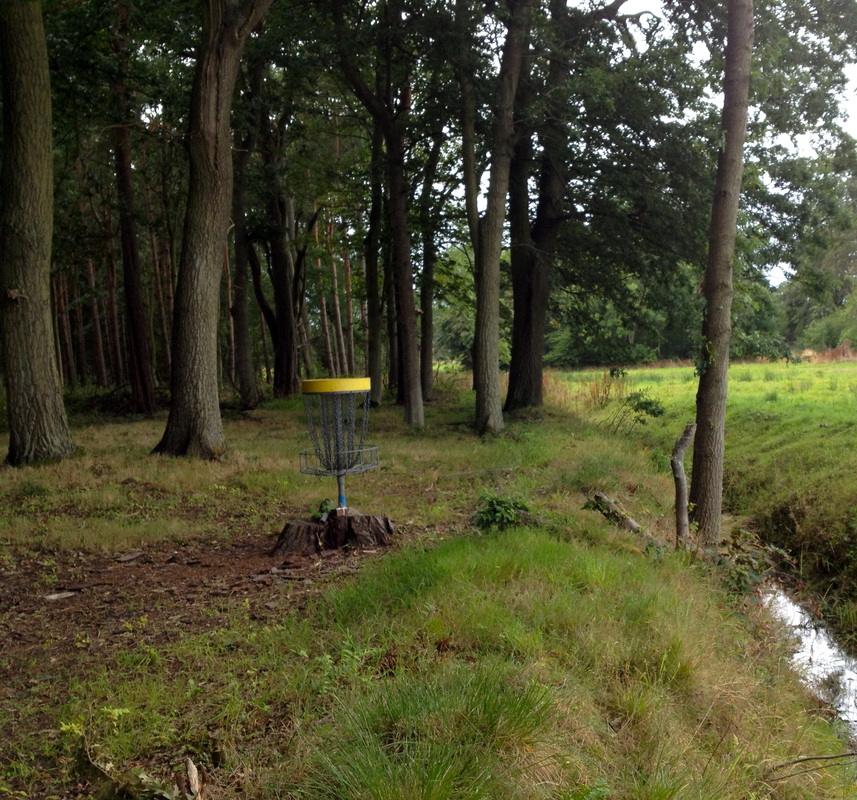
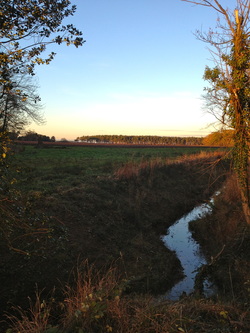
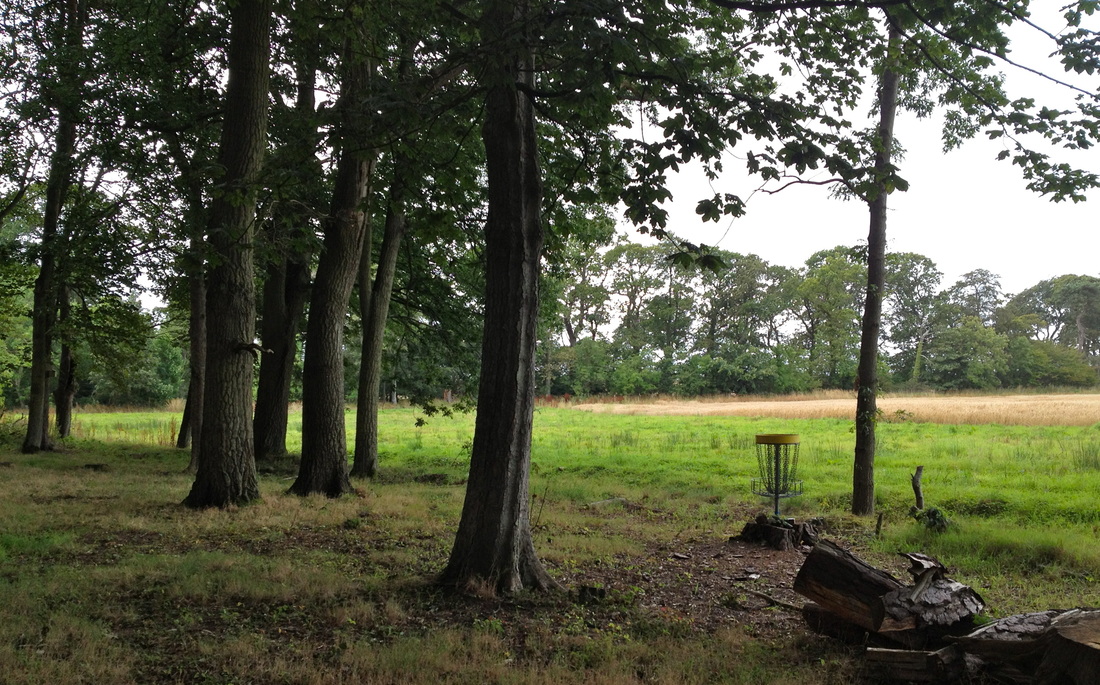
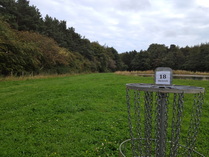
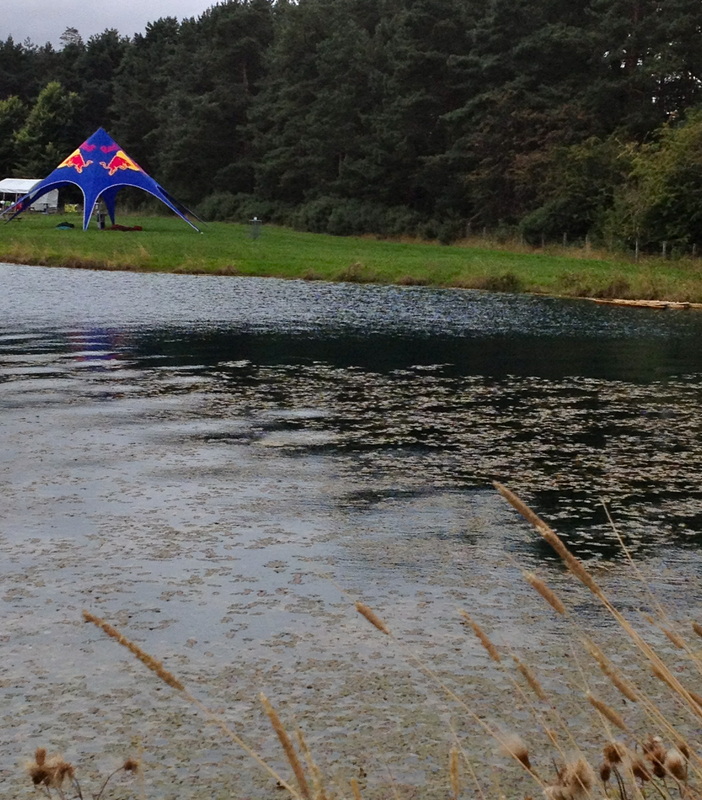

 RSS Feed
RSS Feed
